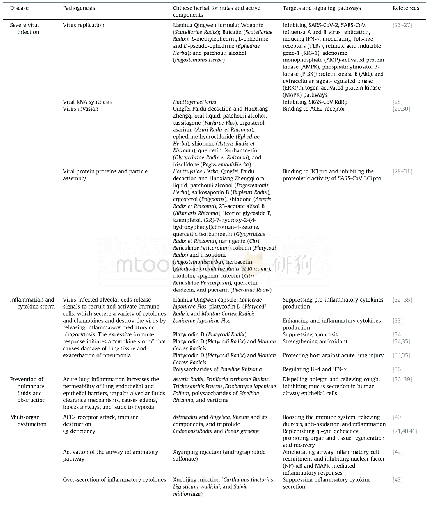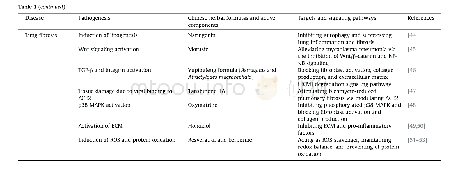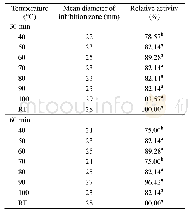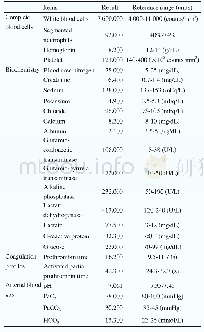《Table 1Summary of the photocatalytic activity of g-C3N4-based metal sulfide photocatalysts toward H
 提示:宽带有限、当前游客访问压缩模式
提示:宽带有限、当前游客访问压缩模式
本系列图表出处文件名:随高清版一同展现
《g-C_3N_4界面改性:掺杂金属硫化物构建新型异质结光催化剂的能源转换展望(英文)》
*TEOA,triethanolamine;AQY,apparent quantum yield;NA,not available;CB,carbon black.
Photocatalytic H2 production through water splitting is considered to be an ideal pathway for future energy consumption due to its economic and environmental superiority[42,83,137,296–305].Exploration and development of the suitable photocatalysts with excellent performance is essential to transform this technology into industrial application.Therefore,countless semiconductors have been investigated as photocatalysts over the past four decades.In the process of the research,g-C3N4 is found to have excellent performance.To make it an economically feasible photocatalyst for practical application,incessant efforts have been done to render the photocatalyst more efficient.Yet,in most of the methods reported to date,noble metal Pt is the essentially required co-catalyst for H2 evolution,hence precluding the niche application of g-C3N4 due to an exorbitant cost and its scarcity.Recently,transition metal sulfides have been recognized as promising substitutions of noble metals due to their unprecedented optical and electrical properties.So far,numerous metal sulfides have proven efficient to modify g-C3N4 in enhancing the photocatalytic H2 generation,including Mo S2[245,306–313],WS2[280],Ni S[129,132,283,314],etc.Herein,the photocatalytic H2 generation activity of multifarious g-C3N4-based metal sulfide systems is summarized in Table 1.
| 图表编号 | XD0028865500 严禁用于非法目的 |
|---|---|
| 绘制时间 | 2019.03.01 |
| 作者 | 任亦杰、曾德乾、Wee-Jun Ong |
| 绘制单位 | 厦门大学马来西亚分校能源与化学工程学院、广西大学资源环境与材料学院、厦门大学马来西亚分校能源与化学工程学院、厦门大学化学化工学院 |
| 更多格式 | 高清、无水印(增值服务) |





